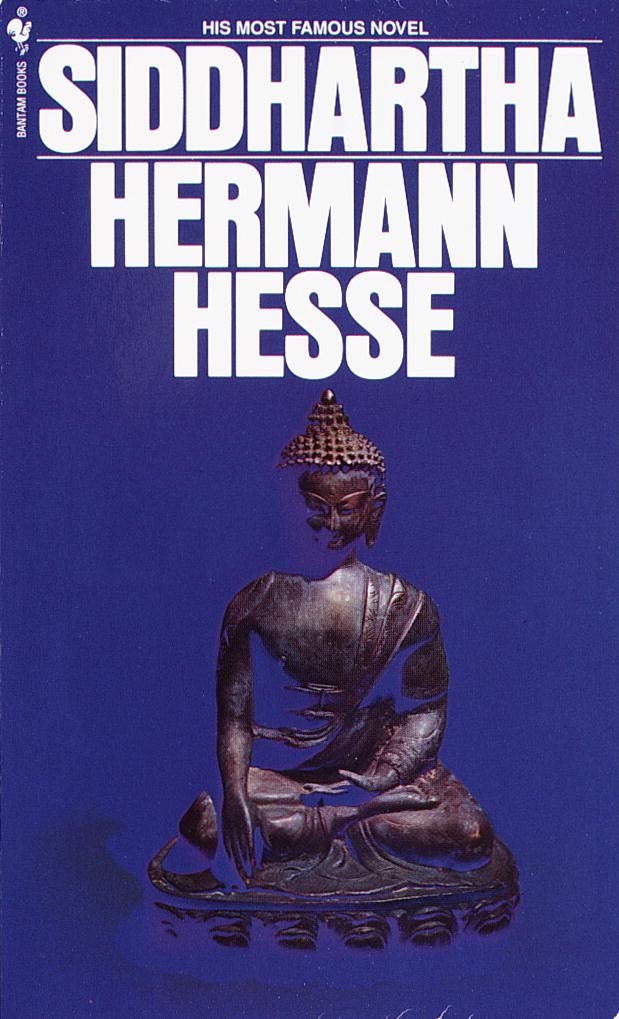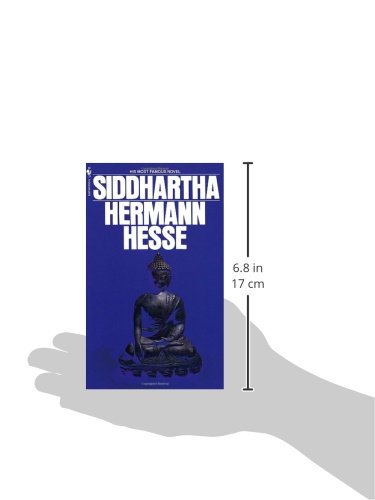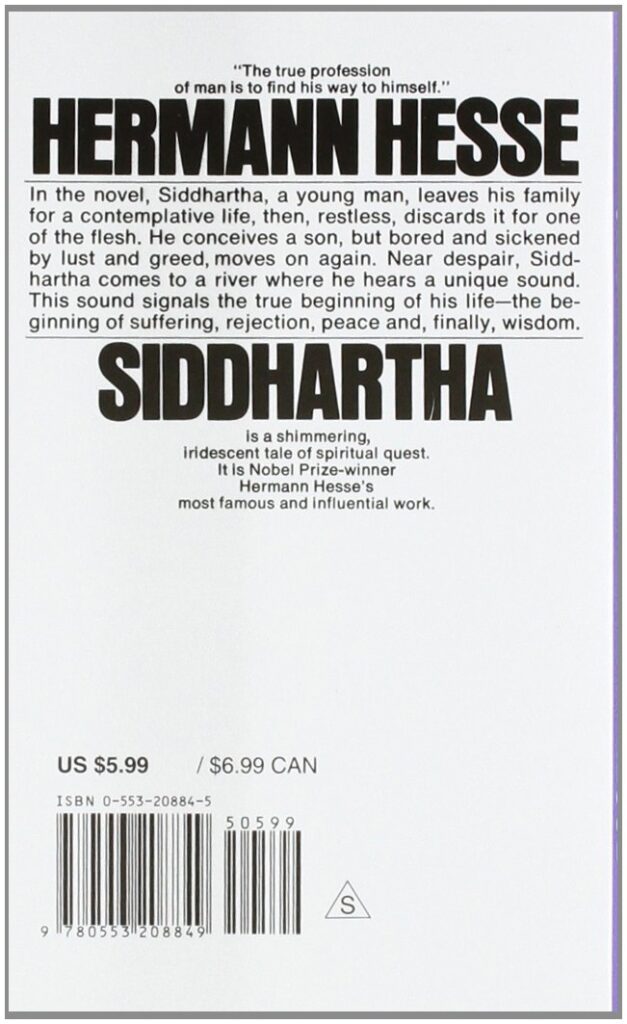
Title: Siddhartha
Author: Hermann Hesse
Genre: Fiction
Step into the mystical world of ancient India and embark on a transformative journey of self-discovery with Hermann Hesse’s timeless masterpiece, “Siddhartha.” This captivating novel, published in 1922, weaves a tapestry of spirituality, love, wisdom, and the relentless pursuit of enlightenment. Prepare to be mesmerized as we delve into the profound depths of this literary gem.
At the heart of “Siddhartha” lies the eponymous protagonist, a young Brahmin who yearns for a greater understanding of the world and his place within it. Driven by an insatiable curiosity, Siddhartha sets out on a quest that transcends the boundaries of time and space, seeking enlightenment and liberation from the confines of societal expectations.
This novel’s ability to resonate with readers across cultures and generations makes it genuinely captivating. Through Hesse’s exquisite prose, we witness Siddhartha’s evolution as he traverses various stages of life, seeking fulfillment in pleasure, wealth, and love. Yet, despite indulging in worldly desires, Siddhartha longs for something more profound—a deeper connection with his essence.

As Siddhartha’s journey unfolds, we encounter many captivating characters who serve as guides, illuminating his path to self-realization. An ascetic monk shares his wisdom, teaching Siddhartha the value of renunciation and the perils of attachment. A courtesan exposes him to the transient nature of physical pleasure and the hollow nature of material wealth. And finally, a humble ferryman imparts profound insights about the interconnectedness of all beings and the transformative power of the river—a recurring motif throughout the narrative.
Hesse’s ability to craft vivid and evocative imagery allows readers to immerse themselves fully in Siddhartha’s world. From the bustling streets of ancient India to the river’s serene banks, each set reflects Siddhartha’s inner landscape, mirroring his emotional and spiritual journey.
The river emerges as a character of profound significance, symbolizing the ebb and flow of life. It becomes a constant companion to Siddhartha, bearing witness to his triumphs, tribulations, and moments of profound revelation. As the novel progresses, the river’s gentle melody evolves into a metaphorical symphony of suffering, rejection, and enlightenment.
What sets “Siddhartha” apart is its emphasis on personal experience and introspection as the true catalysts for enlightenment. Unlike traditional religious or philosophical teachings, Siddhartha discovers that wisdom cannot be bestowed upon him from external sources. Instead, it must be forged through one’s journey, navigating the intricate labyrinth of existence.
Hesse’s lyrical prose, infused with a contemplative and philosophical tone, invites readers to ponder the nature of existence and the pursuit of truth. Through Siddhartha’s eyes, we are compelled to question the constructs of society, the transient nature of desires, and the significance of finding our unique path in this vast tapestry of life.

No wonder “Siddhartha” is a classic of 20th-century literature, captivating readers for generations. Its universal themes of spirituality, individualism, and self-discovery transcend cultural boundaries, resonating with anyone who has ever questioned their place in the world.
So, dear reader, immerse yourself in the profound journey of “Siddhartha” and allow its pages to transport you to a realm where the river whispers timeless truths and enlightenment awaits those who seek it. Prepare to be enlightened, transformed, and forever touched by the profound wisdom that permeates this literary masterpiece.
Disclosure



Leave a Reply